Roughly 55,000 hysterectomies are performed in the UK each year. However, the risk of the operation causing urinary incontinence is rarely spoken of.
A hysterectomy actually is the second most common surgery in women, followed by caesarean delivery. The procedure is an operation to remove a woman’s uterus. This may need to be carried out due to the following reasons:
- Endometriosis
- Uterine fibroids
- Cancer of the uterus, ovaries or cervix
- Abnormal vaginal bleeding
- Chronic pelvic pains

Have you Experienced Incontinence after Hysterectomy?
Post a Question on our Forum for expert advice
So What Causes Stress Incontinence after Hysterectomy?
Let’s start with the basics:
To have normal bladder function, we need the following:
- a structurally sound bladder and black neck
- functioning surrounding nerves, muscles and surrounding tissue
It is possible for a hysterectomy to negatively alter the supporting structure of the bladder and impact bladder control. After the surgery, the nerves of the bladder may be damaged due to how close they are to the uterus. There are risks of incontinence developing no matter whether the surgery removes just the uterus or the uterus and both ovaries.
Incontinence can develop years after the surgery, a factor that women need to take into account.
If the procedure removes the uterus, this can remove some of the structures that are needed to provide support for bladder control
If the procedure removes the uterus and the ovaries, this not only causes structural damage but can cause a dramatic decrease in hormone levels
There are different kinds of hysterectomies that may have different impacts on bladder control. Surgeons agree that it doesn’t seem to matter if the hysterectomy is done through the vaginaor through the abdomen when it comes to incontinence. A study in October 2007 found that women who have had any type of hysterectomy are at a greater risk of needing stress incontinence. These women are actually 2.4 times more likely to have subsequent surgery for stress incontinence.
Recommended Stress Incontinence Pull Up Pants
Buy iD Pants Active on Allanda
- Cotton Feel
- Elasticated zones ideal for those with an active lifestyle
- Ideal for light to moderate incontinence
Buy Attends Pull Ons on Allanda
- Pull up pants for moderate to heavy incontinence
- Anatomically shaped
- Unobtrusive and invisible under clothing
Buy Lille SupremPants on Allanda
- Ideal for moderate to heavy incontinence
- Optimum comfort, leakage security and discretion
- 100% breathable and kind to the skin
Recommended Stress Incontinence Pads
Buy iD Light Super on Incontinence Supermarket
- Designed for women with light to moderate incontinence
- Thin and discreet
- Double anti-leak barriers
Buy TENA Comfort Mini on Allanda
- Ideal for light incontinence
- Slim and small in size
- Dry Fast Core
Buy iD for Men on Incontinence Supermarket
- For light to moderate urinary incontinence in men
- Elastic gathers
- Maximum discretion
Risk Factors for Incontinence after Hysterectomy
There are certain factors that increase a woman’s likelihood of developing incontinence after a hysterectomy. These include:
- A body mass index of over 30kg
- A daily urge to urinate without incontinence prior to the surgery
- Having undergone a vaginal delivery
- A uterine weight of over 500g
Interesting Fact: Hysterectomies are the most common non-pregnancy related surgeries performed on women in the United States
Educating Women
According to author Jeanette S Brown, “women need to weigh how bad their symptoms are today compared to the risk of incontinence later in life”. If a hysterectomy is not essential, it is worth looking at other options. Gratkins emphasises that women should discuss all the treatment options before resorting to hysterectomy. It is important that women are told of all the side effects that a hysterectomy can cause, no matter how long after the operation they occur.

Originally posted 2019-02-19 14:41:22.


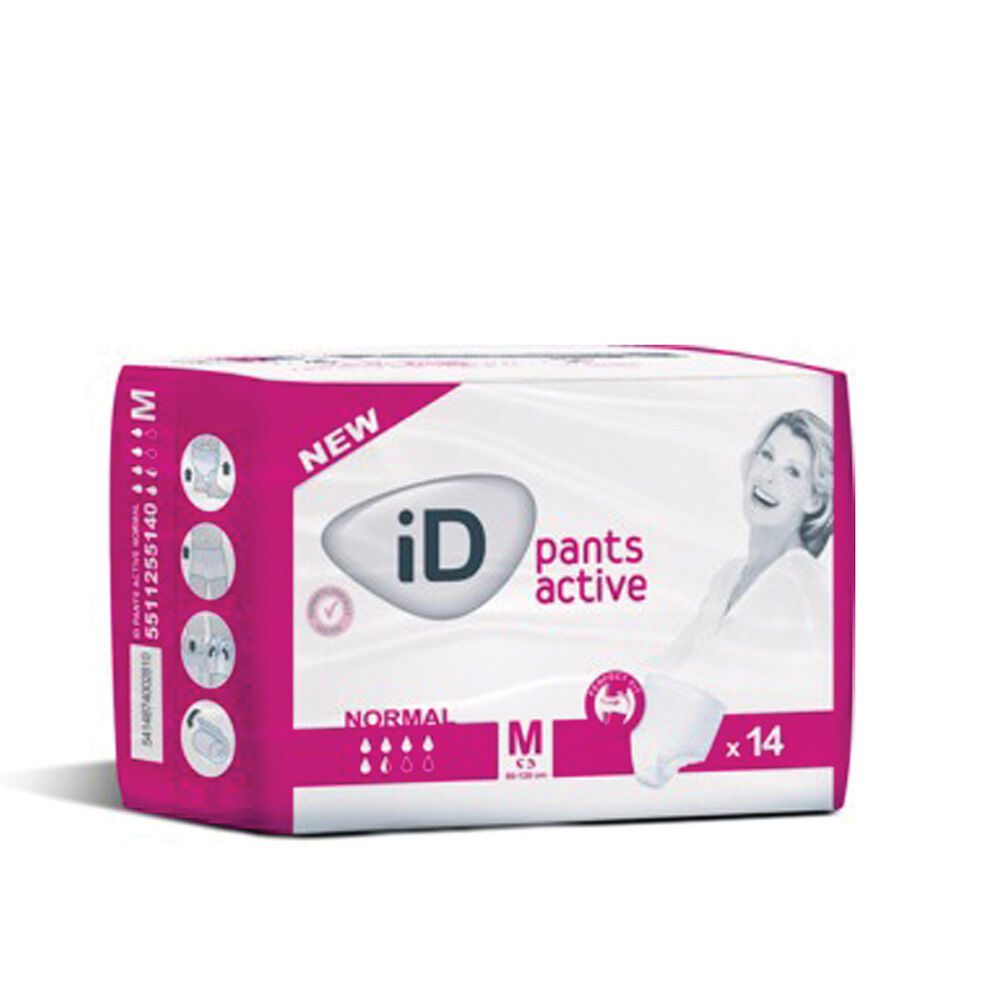
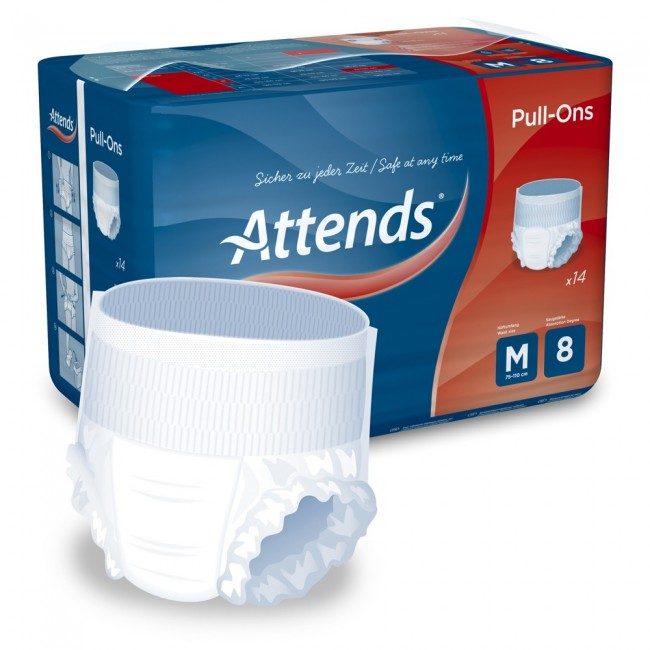
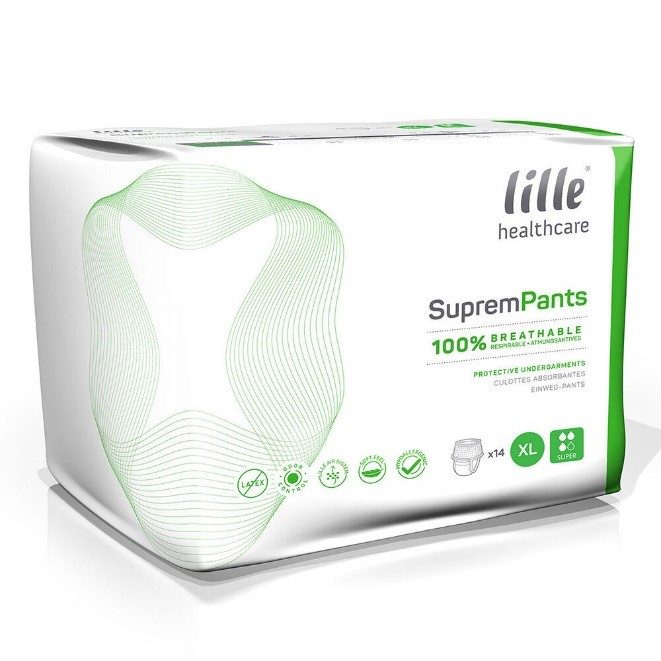
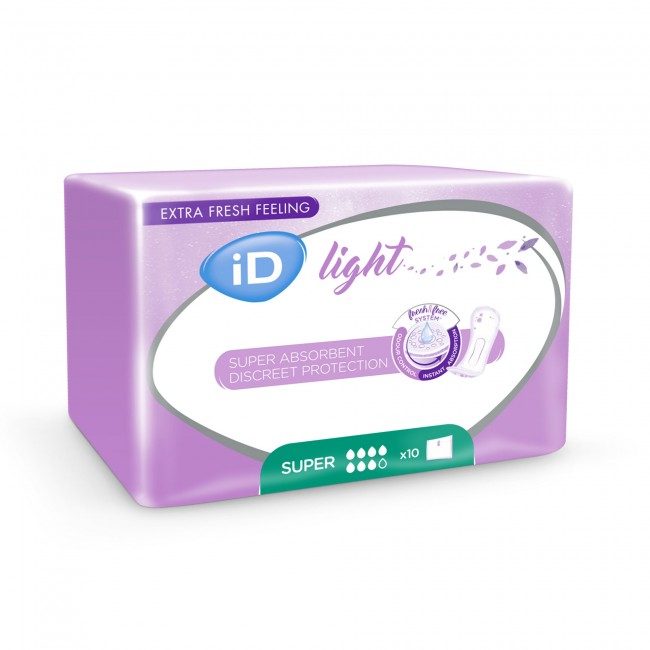
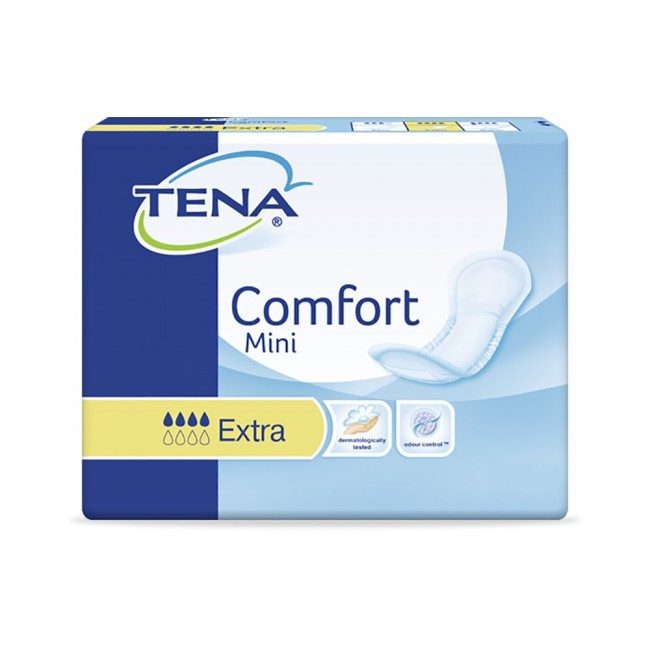
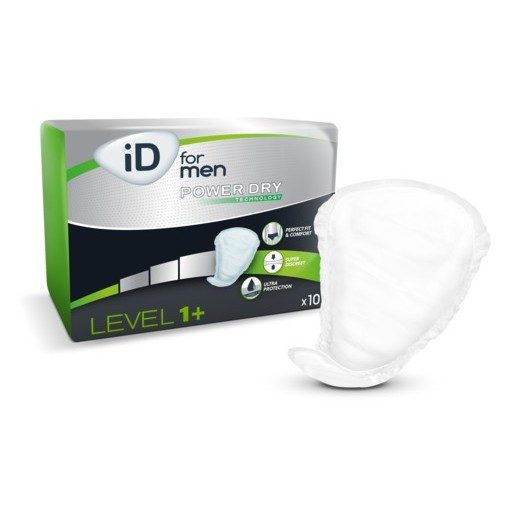










Leave a Reply